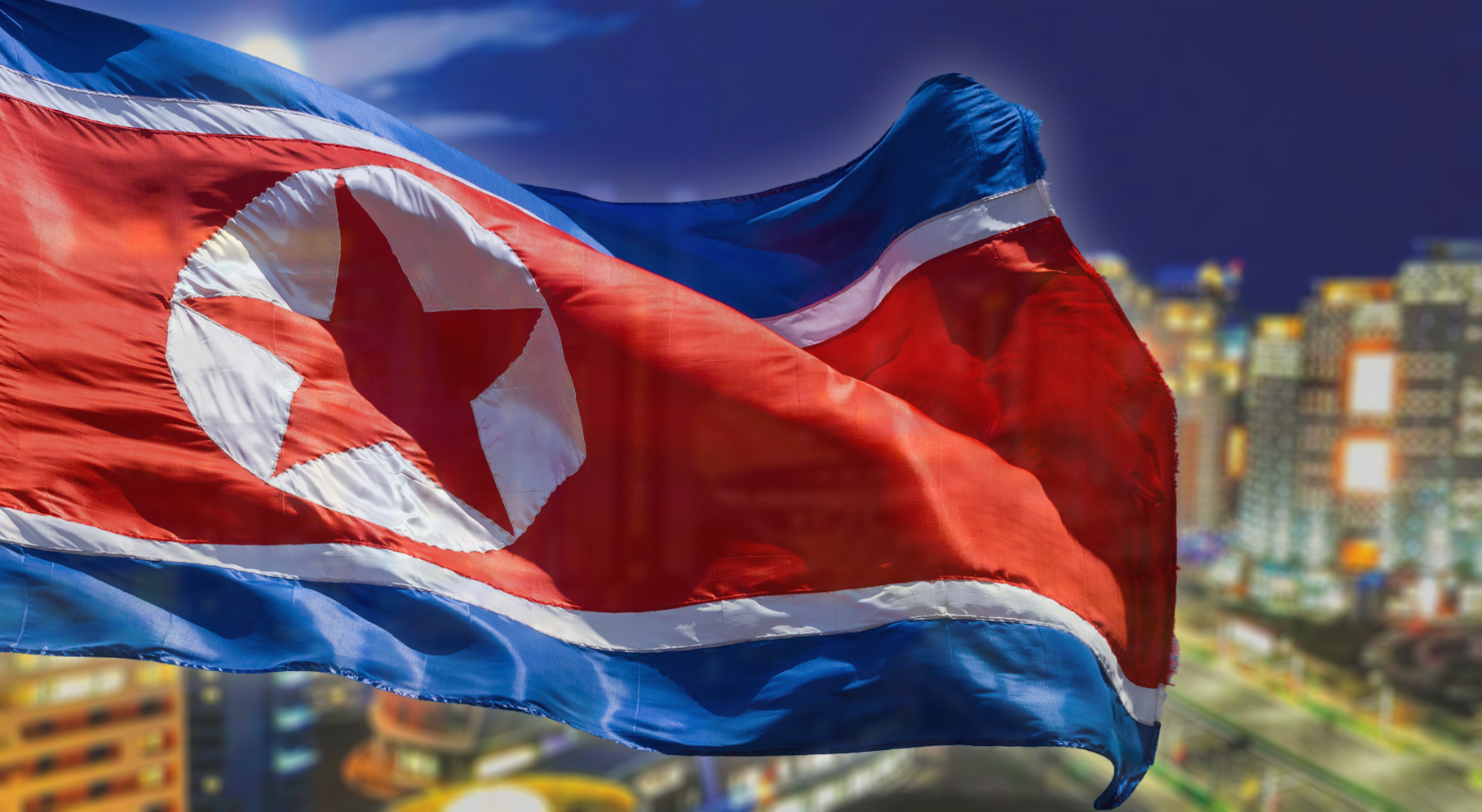On May 29, a US Air Force RC-135U spy plane, after taking off from Japan, again carried out an act of aerial espionage against the Democratic People’s Republic of Korea near its southern border.
Other US spy planes and those of the puppet air forces of the Republic of Korea, including the U-2S and RQ-4B, continuously monitor and spy on the DPRK, seriously violating its sovereignty and security.
The DPRK cannot remain indifferent to such dangerous acts of hostility that cross the red line.
RC-135U planes, of which the United States claims to have only two, are known as strategic state-level reconnaissance aircraft whose task is to transmit real-time intelligence to the President of the United States, the Secretary of Defense, and other high-ranking officials.
This is clear evidence that such espionage activities are organized and carried out on the orders of the highest representatives of the US administration.
The seriousness of the situation is further highlighted by the various military exercises directed at the DPRK, which are being held on the largest scale to date, alongside espionage activities.
The United States and its allies have conducted about 140 war exercises targeting the DPRK from January to April this year, twice as many as in the previous year.
The military maneuvers that the US and the Republic of Korea plan to conduct in the second half of this year are larger in scale and extremely provocative and reckless.
Particularly noteworthy is the large joint military exercise called “Ulji Freedom Shield,” which is set to begin in August and is expected to include a simulation of a nuclear operation against the DPRK as well as a general review and completion of OPLAN 2022, which aims to conduct preventive attacks on key facilities and regions of the DPRK.
In this context, American aerial espionage, historically known for its role as a “trigger” in worsening the situation on the Korean Peninsula, is being carried out more fervently than ever before.
It is clear that intensified preparatory espionage activities against key facilities and locations in the DPRK are aimed at something specific.
The situation clearly indicates that strengthening defensive capabilities aimed at deterring and thwarting the reckless maneuvers of the US and its vassal forces is the top priority that must be realized with accelerated efforts, necessary to protect sovereignty, security, and national interests.
The Ministry of National Defense of the DPRK has already clearly stated its position that it will take immediate action if sovereignty, security, and national interests are violated.
The United States and other hostile forces are doomed to an unexpected disaster for their bluffing and reckless espionage.

